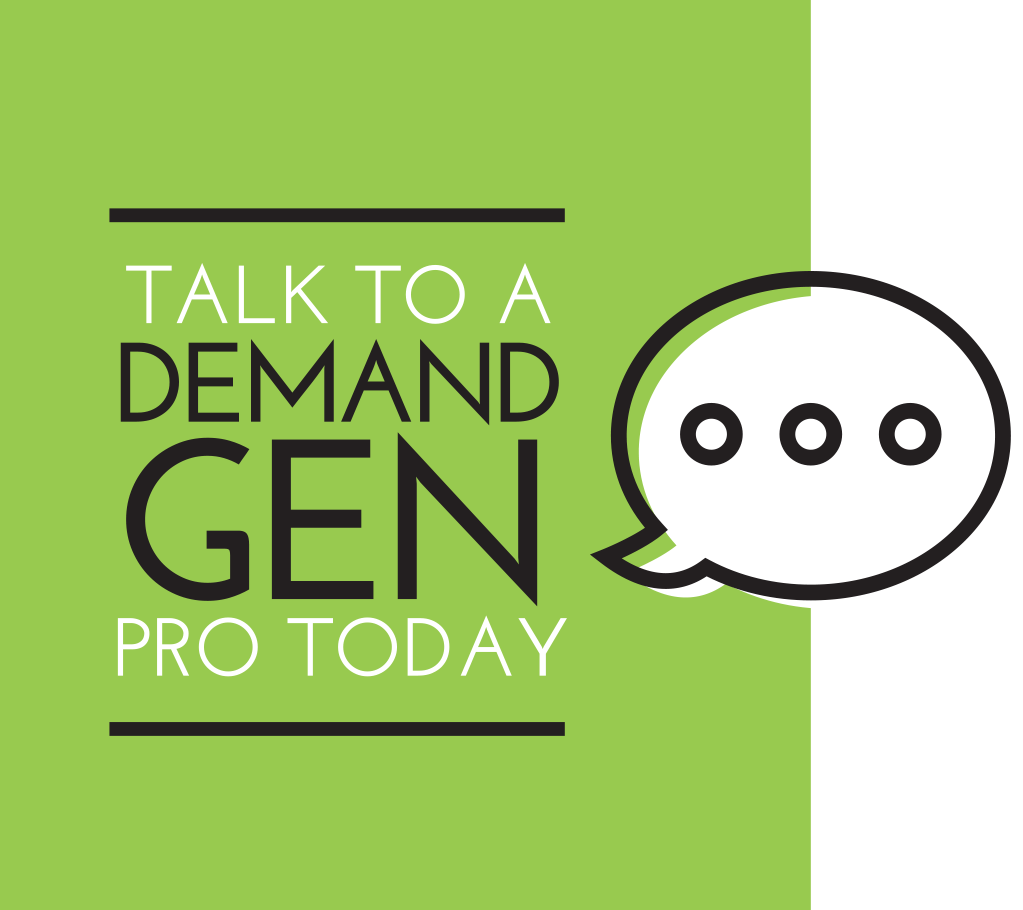Sales Opportunities: Don’t Ignore The Other 70%

When a spirited child devours a scoop of ice cream, they approach it whole-heartedly. There will be no trace of their favorite dessert left in the dish. And they make no apologies for finishing with a drink of the last melted bit! Why? Passion. Their zeal is fanatical.
Some sales and marketing organizations could use a dose of that type of determination when it comes to coveting every opportunity to engage prospective clients. Think about it. How many businesses effectively uncover every target company? Every potential decision-maker and influencer? Every opportunity?
Recent data confirms our professional experience that there is a huge gap between what’s possible and what is attempted. Why? Most B2B marketers focus their sales pipeline development plans on inbound marketing strategies, content and automation tools that only cover about 30% of their total market universe. They do a great job identifying, engaging and nurturing these prospects, but what about the other 70% of the market?
Ignoring 3,500 prospects out of a potential universe of 5,000 isn’t a sustainable marketing strategy for any business. How many deals are going to your competitor just because you don’t know the opportunity exists? Or because you haven’t tapped-into available resources to explore it?
Prospects who are great fits might not know that your solution or your company even exists. And if they do, they may not be inclined to visit your website, read your blog, download your whitepaper, click on your banner ad, or follow you on social media. If they don’t proactively raise their hands through these or other methods, they’re essentially being ignored by many marketers.
So what’s a business to do? First, understand that your inbound marketing and marketing automation was never intended to comprise 100% of a marketing strategy. It’s just one important piece of the puzzle. Inbound marketing should be coupled with an equally well-planned and funded outbound strategy. Placing an outbound call to a targeted prospect is the most direct method of engagement, and it can generate immediate results. A short telephone conversation can quickly validate the legitimacy of prospect, yield valuable business intelligence, capture lead qualification data and jump-start the sales cycle of a new opportunity.
Your outbound marketing strategy should include the following basic steps:
- Define your target market criteria. What type of company is your solution ideally suited for?
Reviewing your current client base is often the best place to start. Consider what vertical markets they are in. How big are they? In what geographies do they reside? What functions/titles were involved in the decision to purchase your solution? - Build a database of target companies and target decision-makers/influencers at those companies. There are numerous third-party resources you can use to procure this data, or you can roll up your sleeves and build it yourself.
- Audit your marketing automation tool to determine the percentage of your target universe that is known and that you’re actively engaged with or nurturing.
- Identify the specific target companies and contacts that are not in your marketing automation database.
- Develop a strategy to engage with these target prospects or have them engage with you. All traditional outbound mediums should be evaluated including social media, digital advertising, radio/TV ads, print advertising, direct mail, events/conferences, etc.
- The final and most important step is to initiate meaningful contact with the targets who’ve not engaged your company via any other channel, by implementing an outbound cold calling program.
While it might be impossible or impractical to reach every prospect, is your business ready to seize a lot more sales opportunities? Start thinking outside the inbound/marketing automation box. Let’s work together to engage the other 70% of your prospects.


